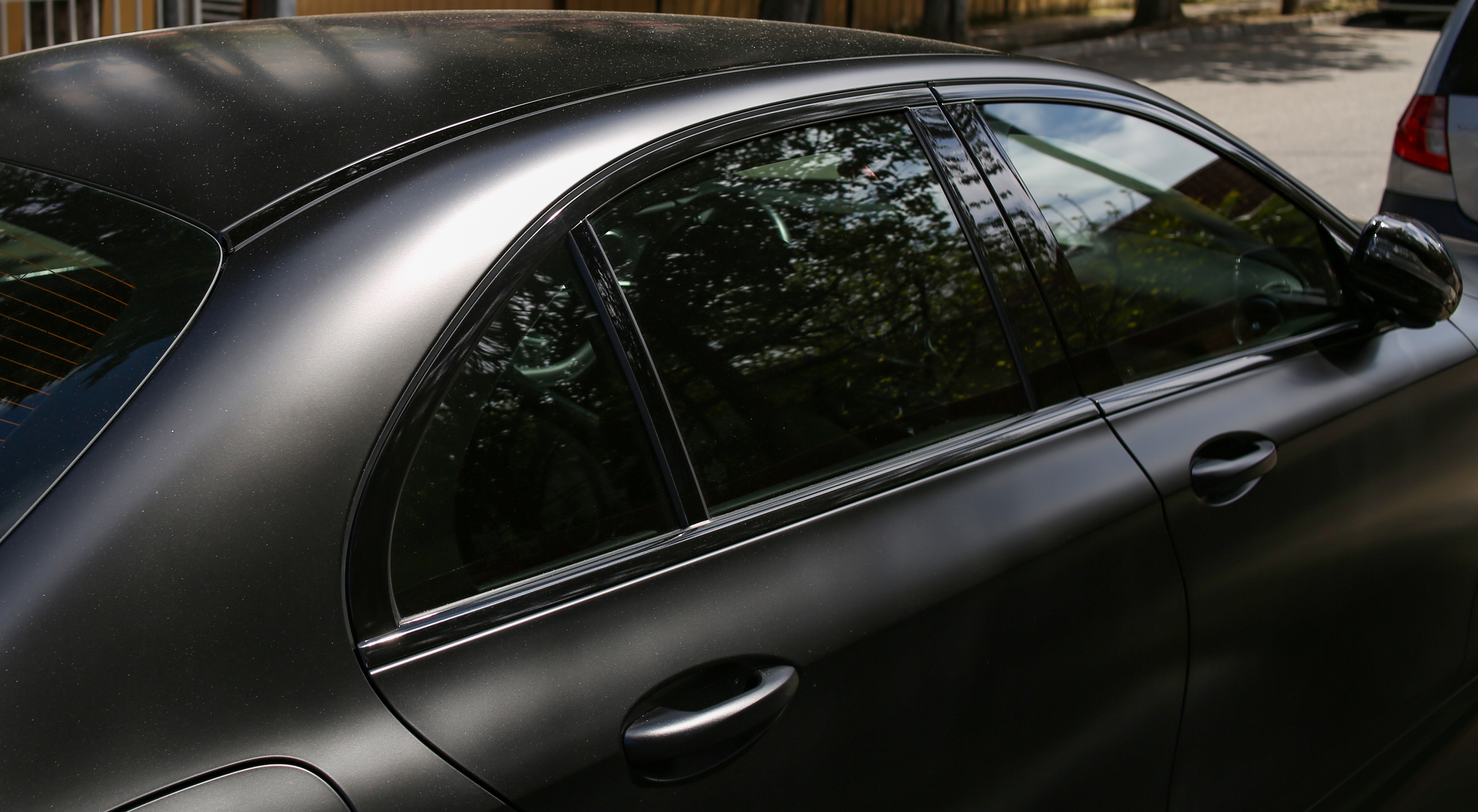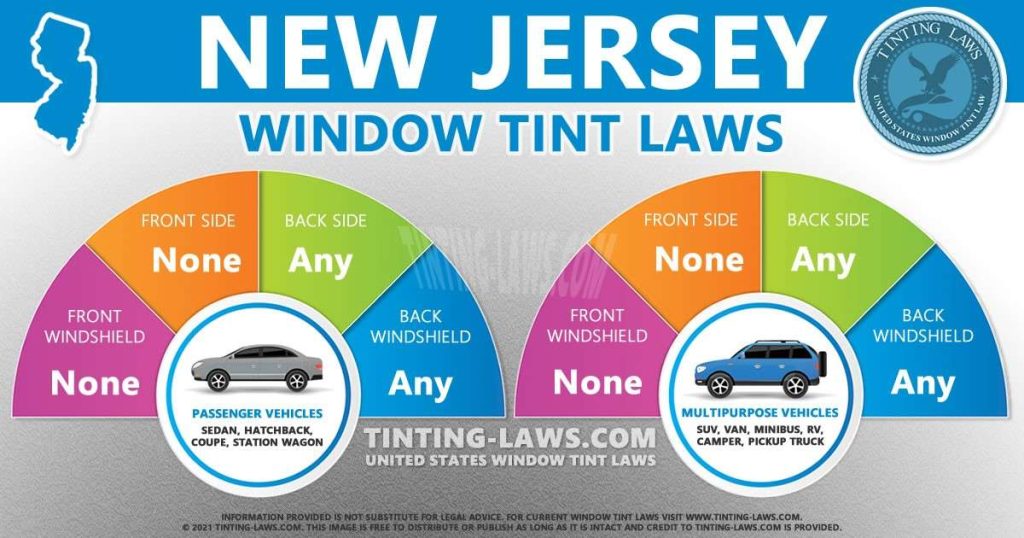Everything You Required to Find Out About Car Home Window Tinting for Your Car
Vehicle window tinting is a functional improvement for several lorry owners. It offers benefits such as boosted comfort and energy performance. Different color movies accommodate different requirements and choices. Recognizing lawful guidelines and selecting the best color portion is essential. The installation process and proper upkeep likewise play substantial functions in guaranteeing the durability of the tint. What other factors should one consider before deciding on home window tinting?
Benefits of Car Home Window Tinting
Some vehicle owners may ignore it, automobile home window tinting deals numerous benefits that boost both the driving experience and the lorry's durability. Among the primary advantages is the reduction of warm accumulation inside the vehicle, allowing for a more comfortable experience, especially during hot weather. This can result in reduced reliance on air conditioning, improving gas efficiency.Additionally, home window tinting offers protection against dangerous UV rays, which can trigger skin damage and discolor indoor products gradually. By blocking these rays, the color assists preserve the vehicle's inside and preserve its resale value.Moreover, tinted windows can boost privacy and safety and security, as they make it harder for outsiders to see inside the automobile. This added layer of protection can deter possible theft. In general, vehicle window tinting serves as a sensible investment that adds to both convenience and the vehicle's general health.
Kinds Of Home Window Tint Films
When thinking about auto window tinting, vehicle proprietors come across a variety of home window color films, each developed to meet details requirements and choices. The first classification is colored home window film, which provides a basic level of personal privacy and UV defense while being cost-effective. Next off, metalized films incorporate tiny metal bits, mirroring warmth and boosting toughness, although they might hinder digital signals.Ceramic movies are an additional choice, known for their remarkable heat being rejected and clarity, providing high efficiency without signal interference. Ultimately, crossbreed movies combine features of dyed and metalized movies, striking an equilibrium between expense and capability. Each kind of home window color movie offers unique benefits, allowing automobile proprietors to select based on their certain requirements, such as warmth budget, control, and look factors to consider. Understanding these alternatives is important for making an informed decision pertaining to auto window tinting.
Comprehending Legal Laws
When thinking about automobile window tinting, it is important to comprehend the lawful guidelines that regulate color darkness restrictions and windscreen tint requirements. These policies can vary significantly from state to state, affecting what is acceptable for lorry proprietors. Familiarizing oneself with these legislations guarantees compliance and helps stay clear of possible penalties or charges.
Color Darkness Restrictions
How can automobile owners guarantee they remain compliant with regional regulations relating to window tinting? Comprehending tint darkness limitations is essential. Each state has certain laws that determine the allowable degrees of darkness for window colors, which are determined by Visible Light Transmission (VLT) percentages. Typically, front-side home windows need to enable a higher portion of light contrasted to rear home windows. Some states might enable just 30% VLT for front home windows, while the rear home windows may be permitted to have notably darker colors. To ensure compliance, vehicle proprietors must get in touch with state standards or regional police for exact information. Furthermore, accredited tinting specialists can give understandings concerning legal restrictions, making certain that car proprietors make informed choices.
Windscreen Tint Laws

State-Specific Regulations
Guiding via the landscape of state-specific legislations pertaining to auto home window tinting needs cautious attention to information, as guidelines can differ considerably from one state to another. Each state has its very own collection of regulations regulating allowed color portions, sorts of products, and positioning on car home windows. For example, some states permit darker colors on rear windows while forbiding them on front windows, while others have stricter total limitations. Additionally, specific states mandate using particular materials or require certification from installers. Failure to adhere to these laws can cause fines or the requirement to eliminate non-compliant tint. Consequently, vehicle website link proprietors need to consult their state's Division of Motor Automobiles or relevant authority to guarantee adherence to neighborhood legislations
Picking the Right Tint Percentage
When picking the ideal color portion for a car's windows, one must consider numerous aspects that affect both appearances and performance. Tint percents generally vary from 5% to 70%, with lower percents offering darker tones and greater percentages enabling more light in. A darker color can enhance personal privacy and decrease glow, while a lighter tint can keep visibility and adhere to legal restrictions.Furthermore, individual choice plays a considerable duty in this choice. Some individuals might choose the streamlined appearance of darker tints, while others could favor an extra open, ventilated feel. Furthermore, the vehicle's objective should be thought about; as an example, those using their automobiles for business objectives may decide for lighter colors to keep an expert look.Ultimately, the right tint percentage balances individual style, comfort, and adherence to neighborhood regulations, making certain a gratifying tinting experience.
The Setup Refine
An effective installation of home window tint requires mindful interest to information and the right tools. The procedure commonly starts with complete cleansing of the home windows to eliminate dust, dirt, and debris, guaranteeing proper adhesion of the film. Once the surface areas are prepared, the installer actions and reduces the color movie to fit each window accurately.Next, the film is positioned on the glass, frequently utilizing a service to help with easy change and protect against air bubbles. Warmth is often put on the movie to conform it to the home window's contours, improving its appearance and longevity. After confirming a smooth fit, the installer thoroughly trims any excess film along the edges.Finally, the installer checks for blemishes and confirms all edges are secure. This thorough technique is necessary not only for appearances but also for attaining the preferred efficiency advantages of window tinting, such as UV defense and warm reduction.
Upkeep and Take Care Of Tinted Windows
Correct upkeep and treatment are i thought about this crucial for preserving the honesty of tinted home windows. Efficient cleaning methods, the avoidance of hazardous chemicals, and normal evaluations for damages play vital duties in guaranteeing long life. By following these guidelines, car proprietors can preserve the visual and functional advantages of their window tint.
Cleansing Strategies for Tint
Maintaining the clearness and durability of tinted home windows requires details cleaning techniques customized to the film's fragile surface. It is important to make use of a soft microfiber fabric to avoid scraping the tint while cleaning. A gentle service of water and a couple of drops of light meal soap can efficiently remove dirt and grime. It is advisable to use the cleansing option to the fabric, as opposed to directly onto the tinted surface area, to avoid dampness from permeating right into the edges of the film. Gentle, circular movements need to be used to clean the windows completely. Normal cleansing helps keep visibility and stops buildup, making certain that the color remains in prime condition in time. Adhering to these strategies will prolong the life of colored home windows.
Avoiding Harmful Chemicals
Numerous household cleansing items are efficient on different surfaces, they can present substantial dangers to tinted windows. Chemicals such as ammonia, bleach, and specific solvents can degrade the color movie, leading to staining and peeling. People need to select pH-balanced cleaners particularly created for tinted home windows. In addition, using soft microfiber cloths will certainly assist prevent scrapes and keep the color's stability. Normal upkeep is essential; as a result, staying clear of rough scrubbing or rough materials is necessary. It is advisable to check out product labels very carefully to verify compatibility with window colors. By selecting the ideal cleansing solutions and devices, vehicle owners can maintain the look and performance of their colored windows, ensuring a longer life-span and height performance.
Evaluating for Damage
Normal evaluations of tinted windows are important for determining any kind of signs of damages that might jeopardize their performance and appearance. Owners must try to find bubbling, peeling off, or staining, as these concerns can indicate bad installation or exposure to harmful aspects. It is suggested to check the sides of the movie where peeling off may start and evaluate for any type of scratches that can impact presence. Additionally, ultraviolet (UV) rays can trigger the color to weaken over time, so monitoring its performance in blocking UV light is essential. If any damage is found, punctual action you can check here must be taken, which might consist of professional repair service or substitute. Maintaining tinted windows not only improves visual appeals yet also guarantees continued protection for both passengers and the car interior.
Common Myths About Window Tinting
What false impressions border home window tinting for automobiles? Lots of people believe that all home window colors are prohibited, yet regulations vary by state, enabling certain degrees of tinting. One more typical myth is that darker tints block more heat; however, the efficiency of home window movies depends upon their innovation instead than darkness. Some individuals likewise assume that window tinting is entirely for looks, ignoring its advantages, such as UV defense and glow reduction. In addition, several presume that window tinting will harm their automobile's glass, however skillfully applied tints can in fact improve glass sturdiness. There is an idea that window colors obstruct exposure, yet premium films are made to keep clear sightlines while providing personal privacy. Recognizing these misconceptions helps consumers make notified choices pertaining to home window tinting, ensuring they appreciate the complete series of advantages it uses.
Often Asked Concerns
Just How Long Does Window Tinting Commonly Last?
The longevity of home window tinting varies based upon aspects such as installation quality, movie type, and ecological conditions. Typically, high-grade tint can last anywhere from five to 10 years prior to requiring substitute or reapplication.
Can I Get Rid Of Window Tint Myself?
Eliminating home window color oneself is possible, though it might be difficult. People must utilize a heat source and glue remover to alleviate the procedure, but care is advised to prevent harming the automobile's glass or interior.
What Devices Are Required for Do It Yourself Home Window Tinting?

Will Window Tinting Damages My Auto's Glass?
Home window tinting, when applied appropriately, generally does not damage an auto's glass. Incorrect installment or low-grade films may lead to peeling off, bubbling, or scratching, possibly jeopardizing the stability of the glass over time.
Can Tinted Windows Influence My Car's Resale Value?
The influence of colored windows on a car's resale value can vary. While some buyers appreciate the added privacy and UV defense, others might see it as a prospective problem, potentially affecting resale positively or adversely. When considering auto window tinting, car owners encounter a range of home window color movies, each made to meet specific needs and preferences. When thinking about automobile window tinting, it is critical to understand the legal guidelines that regulate color darkness restrictions and windscreen color needs. Commonly, front-side home windows have to permit a greater percent of light compared to rear windows. Some states might permit only 30% VLT for front windows, while the back windows might be permitted to have notably darker tints. Some states allow darker colors on back windows while prohibiting them on front home windows, while others have stricter total restrictions.